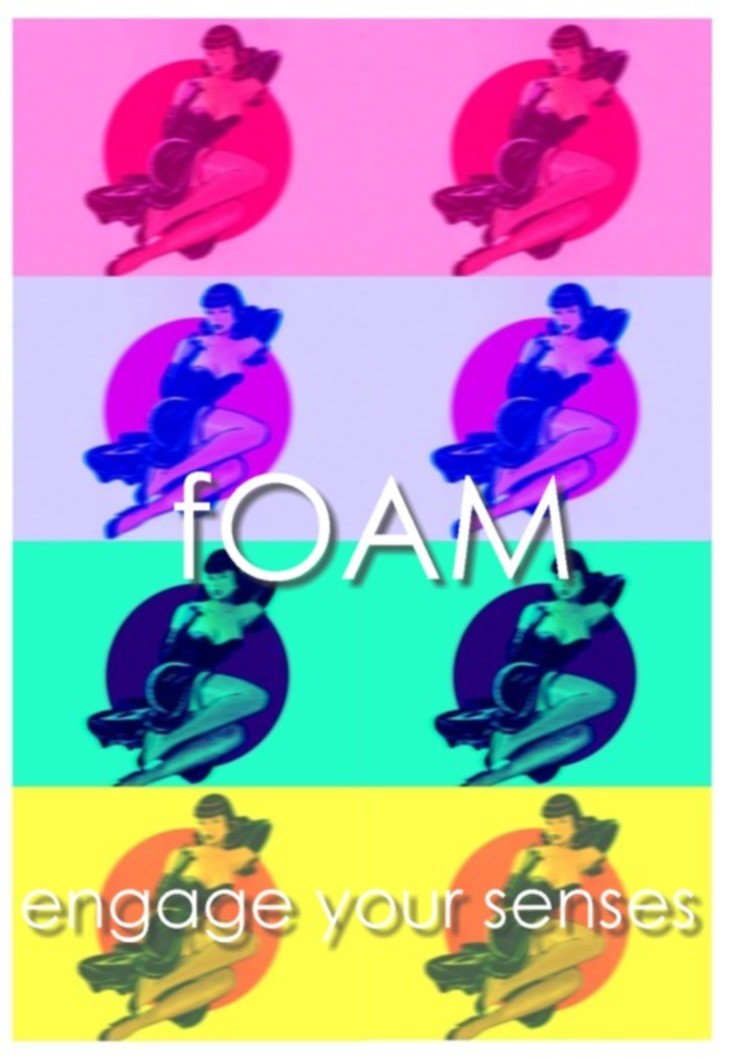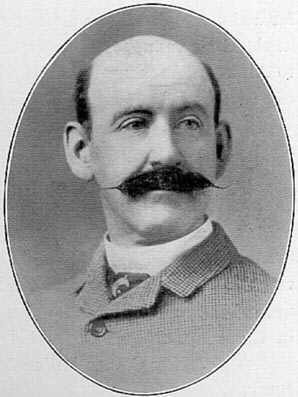A Learned Diatribe by D.B. Cooper

D.B. Cooper (whereabouts unknown)
is a seasoned air traveler.
I knew a turtle once. His name was Larry….
Unlike a lot of guys named Larry, he didn’t wear glasses. He had really good vision and could see almost five feet in front of him (or to his left or right if he turned his head that way). Larry had a big brown shell. You could knock on it and he would let loose such a string of expletives that there was no doubt he came from an aquatic environment. Just tape a sail to his back and call him Seaman Larry. The truly strange thing about him was that he had a writing desk at which he was working on a 27 volume philosophy of turtles. He called it Philosophiae Pan-Testudines and it covered all aspects of turtleine existence, morality and belief.
The major thrust of his work came in Volume 5 On Emigration. In this work, Larry proposed the mass emigration of the turtle family from its mother planet Earth. Using high technology borrowed from Man, turtle life would leave the great confines of the planetary sphere, sheltered in personal vehicles no thicker than a molecule. They would then form a large sphere about the orbit of the Earth, absorbing nutrients from the raw power of the Sun through chloroplasts engineered through gene-splicing to be formed naturally in the turtle’s body.
This theme was put aside for the place of the turtle in world history in Volume 6 The True Foundations of the Earth, but was brought up again in Volumes 7, 8 and 9 (A Parable, The Carapace of Freemen and Control From the Heavens, respectively).

Turtles, Larry proposed, would rule most of the inner planets by controlling the sunlight that reached them. He imagined billions of members of the family Testudines adjusting the temperature of Venus, making it habitable. Mercury would be turned to higher revolution by the pressure of millions of turtlenauts. The once-mighty lords of Gaia, Man, would be brought to heel when their planetary atmosphere was gradually dropped in temperature.
I agree with the pundits on most of the middle volumes of Philosophiae Pan-Testudines; they are dry, uninspired and mostly concern the place of vegetable matter in the Universe. It’s understandable that vegetable matter, particularly lettuce and cabbage, would take an important role in the turtleine lifestyle. One can even account for the focus on the intended audience of the work, Chinese pediatricians. However, most of Volumes 10 (The Leafy Benefactor) through 21 (Dialog with a Cabbage) may be passed over for the juicier bits in Volumes 22 (Mounting, Mating and Matrimony), 25 (Thoughts on Tortoise Sperm), 26 (The Pleasure of the Pond) and the ultimate volume 27 (Putting it All Together: The Destruction of Man and the Sultry-Clawed Sex).
I only read through it once, but it was worth an afternoon’s read. Larry was not eager to know what I thought about the work, though he often asks me to comment on his lithography. I have never quite seen pond-scum rendered in such an ornate fashion. You won’t either if you visit the Maximus Gallery this weekend, where Larry is having the opening for his new show Nordic Lake Experience. Donald Sutherland will be there to give opening remarks and Madonna will perform a Kabbalic blessing over the assemblage. At the end of the evening, the Lake McMurtry Marching Turtles will perform a fanfare composed in honor of Larry by John Adams.




